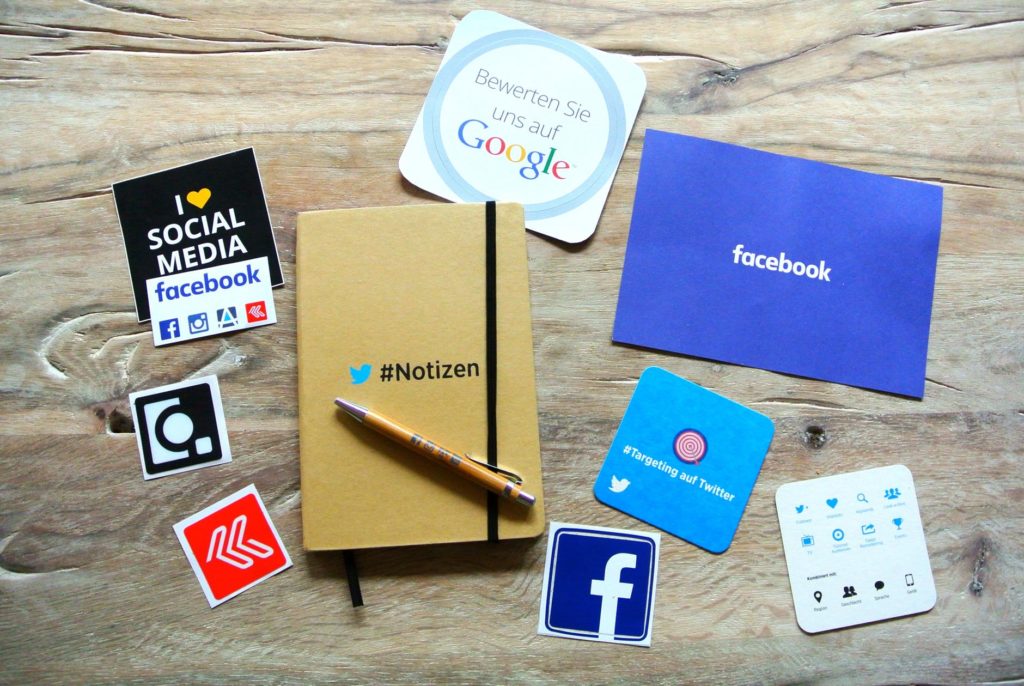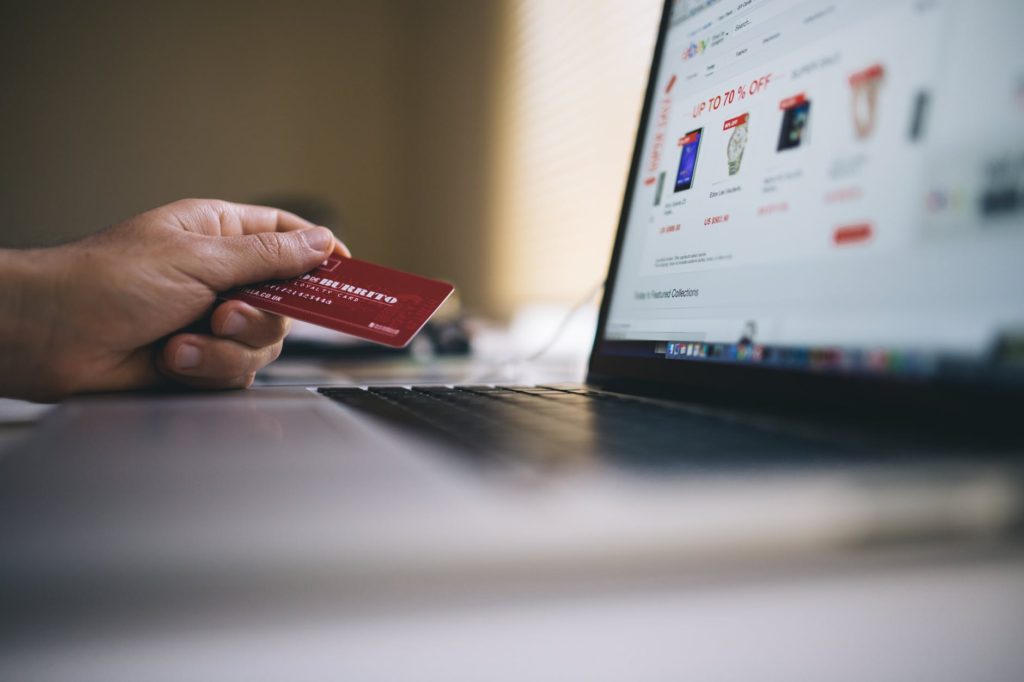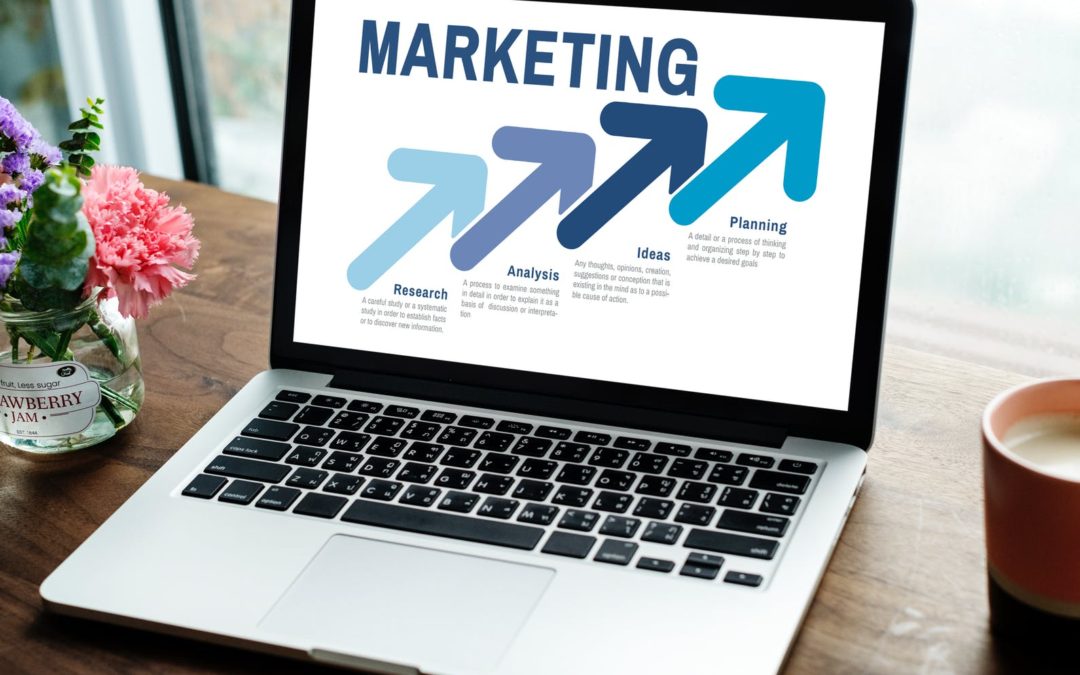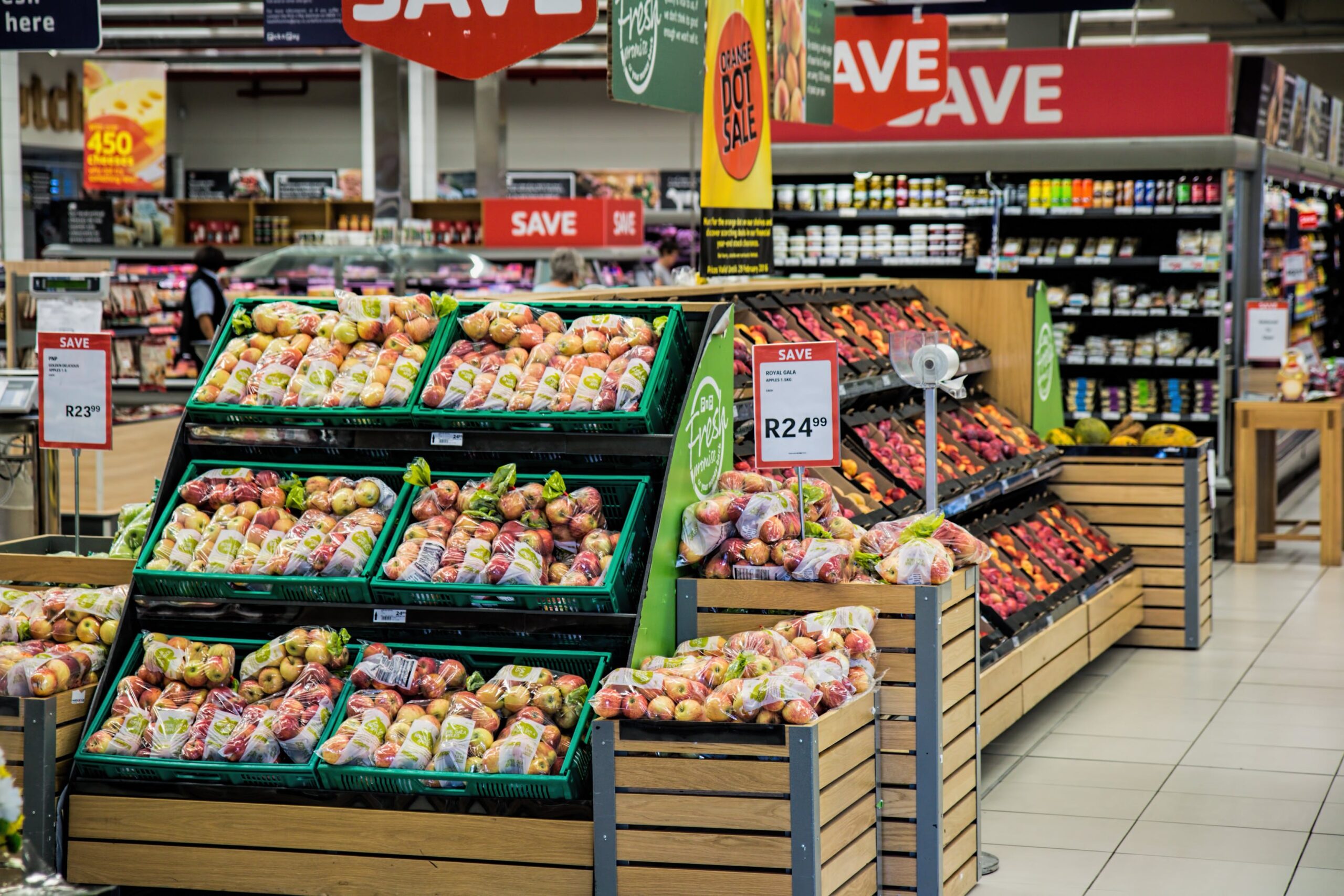Every business owner probably knows what a sales funnel is. If you don’t, sales funnel is a process or set of actions that a customer should go through to purchase your product. Understanding the sales funnel is essential to manipulate it in a way so that your potential customers become your buyers and not chicken out at the most critical moment.
The sales funnel consists of six main stages:
- Awareness: The first stage of the sales funnel grabs the attention of your potential customer. Your goal at the awareness stages should keep them coming back.
- Consideration: Now that they are interested, they start considering the purchase. The goal here is to get their email address.
- Preference: Now, they are hooked. On the stage of choice, you should pre-qualify the prospect.
- Purchase: Once they’ve decided, they should purchase. Here, your goal is to make the sale.
- Loyalty: After they made one purchase, you should keep them loyal so that they buy something else. This time your goal is to make the sale again.
- Advocacy: And finally, they are not only coming back for more but also advocating others to purchase from you.
This article will look into ways that you can decrease the sales funnel by working on the first five stages.
1. Awareness: Blogging
Most probably one of the most recommended ways of increasing your online presence, blogging has proven to be an effective and relatively cheap way of promoting yourself. It doesn’t matter if your business has anything to do with writing – blogging is meant to increase your visibility for search engines and have more customers find you.
Another reason to put blogging on your to-do list is that it is a surprisingly powerful storytelling tool that can showcase the importance of your brand. It is also a perfect persuasion tool.
When used right, blogging can give enormous results. If you are not good at it, you can always look for writing and translation professionals at PickWriters or search for freelancers on Fiverr. It’s ideal for personalizing your customers’ experiences, and this can be achieved by enabling them to access the information on your website in their native language. English is suitable for larger audiences, but when it comes to going global, it is always better to customize your content for each country separately.
2. Awareness: Social Networking
Apart from indirectly impacting your search engine rankings, social networking is also the best way to gain social media recognition.

Your availability on Instagram, Twitter, or Facebook may also influence how much customers trust you. Reviews and recommendations are prevalent on social media platforms, which means that this is where your advocacy stage customers will operate to find you, new clients.
Decide on the platforms perfect for you and create accounts. To link them all in one place, you can use Linktree. There are also numerous social media management apps and programs in case you want to be able to maintain them all from one place or even schedule posts. You might want to check out such services as Buffer or Hootsuite.
3. Consideration: Landing Pages
Landing pages are very different from the home pages. A landing page is a page on your website that has content on it addressing a specific problem and containing a clear call to action. A home page, however, will represent the general aspects of your business. For example, your home page might say that your business is called XYZ and you sell ABC, while one of your landing pages may assume that you sell the EFG segment of products (from the overall ABC) and will include a form to order one of the products.
To increase your conversion rate, it is recommended that you work on your site’s landing pages. Make sure that they are as appealing as possible and have the content on them as meaningful as the images or illustrations. Have a clear call to action. After all, the page’s purpose is to capture the prospect’s contact information or make a sale. To see how landing pages work, try to compare the landing pages of big company websites to their home pages.
4. Consideration: Calls To Action
Calls to action are a must when it comes to conversions. For every page on your website, think of what goal are you pursuing. What work should the visitor complete?
Of course, the ultimate goal is to have them purchase the product from you, but what about the smaller actions leading up to it? Most of the time, you will need your potential customer to click a link, leave their email, or watch a video. Making a purchase already comes after it.
When including a call to action, it is better to have several here and there. This way, your audience will be reminded about the operation several times.
5. Preference: Email

Email marketing is a great way to keep your potential customers involved at least to some extent. But even a simple email answering the most frequently asked questions or explaining the basics of your company can keep the person interested.
If you haven’t had any experience with email marketing yet, then this is the perfect time to start. Collect all the knowledge you may need and plan your email marketing campaign before diving-in. You can also set up autoresponders that send out electronic messages once your customers complete specific actions. Do not forget to thank them for what they do – sincerity and gratitude are always appreciated. On the other hand, don’t bury them under piles of emails because they can unsubscribe or mark them as spam.
6. Preference: CRM
Customer Relationship Management, commonly known as CRM, is a program that helps you track interactions with current and future customers. This software enables you to identify on which stage of the sales funnels your prospects currently are.
By using CRM, you can identify which emails each potential customer should receive based on their cookies and what you already know about them. CRM, when combined with email marketing, is a powerful tool that helps you personalize the experience of every customer or prospect and lead them on to the next stage of the sales funnel.
7. Purchase: eCommerce Promotion
Never assume that your customers will easily find their way to check out. You should guide them up until the end of the process and make sure that they follow the calls to action you included. This is why eCommerce promotion is so important, and here are some ways to use it:

- Marketing Campaigns: Schedule your marketing campaigns around favorite holidays. This will give your prospects an incentive to buy your product.
- New Products: Always email or notify them about new products. If you don’t tell them what’s new in stock, nobody will. They are not on the lookout for new products – you are on the lookout for new customers.
- Offers: Offer them various bonuses and opportunities such as free shipping, live chats, etc. Sales and discounts are a sure way to attract their attention and maybe even convert it into a deal.
8. Purchase: Social Monitoring
Social monitoring will not only help you see who is talking about you but will also let you engage with your potential customers.
Set up Google Alerts to notify you when someone is discussing your brand or something related to it. Monitor who has tweeted at you and reply to their question. Reply to comments under your posts on social media and get involved with both your prospects and your customers.
If someone has written a review of your brand or product, it would be good to see what it is about and maybe even display it to persuade more prospects that you are worth the money. People tend to trust other people, especially when the reviews are not fake or bot-generated.
9. Loyalty: Referrals
Referrals are a great way to appreciate your customers and show them that you value them. Ask them to refer a friend and let them get a reward. It could be a discount or a different kind of bonus.
Referrals are useful for establishing long-term relationships with your past and present customers. They help set up a group of people that will come back to purchase more and help you gain yet another client.
If you think referrals are not for you, you may want to try setting up affiliate programs for your customers, but that might take more time and will require more effort both for you and your customers. Moreover, referral programs do not apply to all of your clients.
10. Loyalty: Resells, Upsells, Cross-sells
Last but not least, resells, upsells, and cross-sells are another way to keep your customers interested in the loyalty stage.
Resells mean that you are selling the same product to your customer that they already purchased from you. If they enjoyed the first, they would probably enjoy it again. The only thing they need is a soft nudge.
Upsells and cross-sells prompts your customers to purchase other items that are similar to the one they bought but that are more expensive. These can also be items that function as a kind of an add-on to the main thing your customer purchased. You can market these either before, during, or after the purchase.
Conclusion
To sum it all up, the sales funnel one of the basics that you should know about your business and operating it. Make sure to try out these strategies to decrease your sales funnel and increase the probability of a potential customer becoming a buyer.







